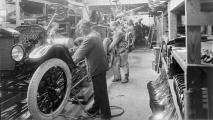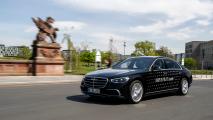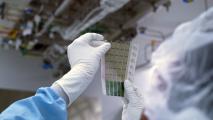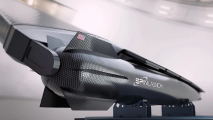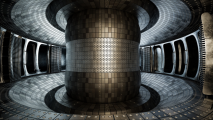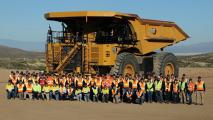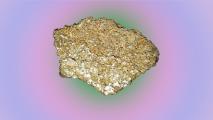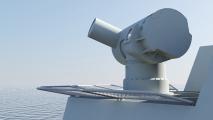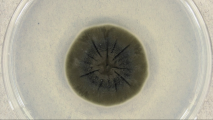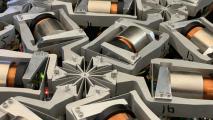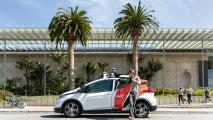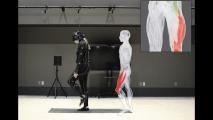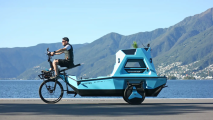
Materials
Though we live in a digital age, material science has shaped history—and it’s far from over. From quantum computers to fusion reactors, breakthroughs in materials will drive the next technological frontier.
More
Mercedes-Benz wins race to bring Level 3 autonomous cars to US
Mercedes-Benz has permission to deploy its Level 3 autonomous driving system, DRIVE PILOT, in Nevada, and California could soon follow.
World’s largest plane sets new flight record
A new test flight puts the world’s largest plane one step closer to helping the US develop — and respond to — hypersonic weapons.
This Swedish start-up is building an electric airliner
A Swedish startup has joined the race to build the world’s first electric airplane to help reduce the carbon impact of flying.
How do floating wind turbines work?
Several full-scale demonstration projects with floating wind turbines are already operating in Europe and Asia. How do they stay afloat?
China’s new space station is open for business
On Nov. 29, 2022, the Shenzhou 15 mission launched from China’s Gobi Desert carrying three taikonauts – the Chinese word for astronauts.
Paper-thin solar cell can turn any surface into a power source
MIT researchers have developed a scalable fabrication technique to produce ultrathin solar cells that can be stuck onto any surface.
Will physics prevent SpinLaunch from succeeding?
SpinLaunch has a working prototype successfully launching objects at 1,000 miles-per-hour, but will the laws of physics stand in the way?
Extra-salty lithium battery less likely to catch fire
Stanford researchers have developed a battery electrolyte that can allow lithium-ion batteries to operate safely at much higher temperatures.
Here’s what that fusion power breakthrough really means
This year, NIF reports that it has achieved “ignition” — that is, it has achieved slightly more fusion energy output than laser energy input.
Startup unveils flying taxis expected to soar over NYC in 2025
Startup Archer Aviation has just unveiled Midnight, its first electric vertical take off and landing (eVTOL) vehicle.
A green trifecta: how a concrete alternative can cut emissions, resource use, and waste
Building materials and construction generate about 20% of global greenhouse gas emissions. What if there was an alternative?
Construction juggernaut unveils huge electric mining truck
Construction equipment manufacturer Caterpillar has demonstrated its first battery-electric large mining truck.
This meteorite material could power our clean energy future
A lab-made version of tetrataenite, a mineral found in meteorites, could replace rare earth elements in the production of permanent magnets.
Kid-friendly superblocks are a way for residents to reclaim their streets
A superblock covers several neighbourhood blocks reserved for shared use by cyclists, walkers, and residents.
UK test-fires its first high-energy laser weapon
The UK has successfully test-fired the $115 million DragonFire, its first high-powered, long-range laser weapon.
Chernobyl fungus could shield astronauts from cosmic radiation
A recent study tested how well the fungi species Cladosporium sphaerospermum blocked cosmic radiation aboard the International Space Station.
A new material called a mechanical neural network can learn and change its physical properties
The new material’s architecture is based on that of an artificial neural network – layers of interconnected nodes that can learn to do tasks.
Cruise robotaxi service is quickly expanding
General Motors subsidiary Cruise is quickly expanding its commercial robotaxi service to more cities in the US.
New VR body suit lets you see inside your body while you exercise
A system for monitoring motion and muscle engagement could aid the elderly and athletes during physical rehabilitation.
This amphibious electric tricycle (and camper) costs $14,600
Latvian startup BeTRITON’s amphibious electric tricycle will take you from the road to the water to the campsite.
Get inspired with the most innovative stories shaping the world around us.
